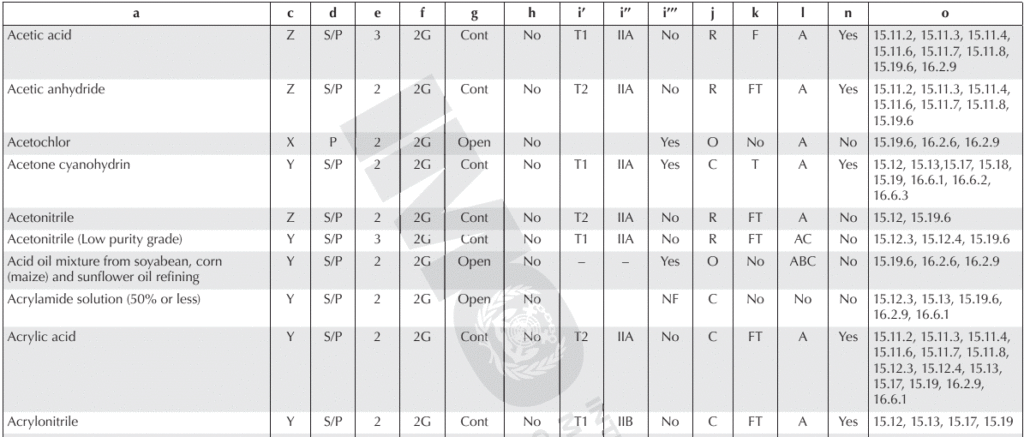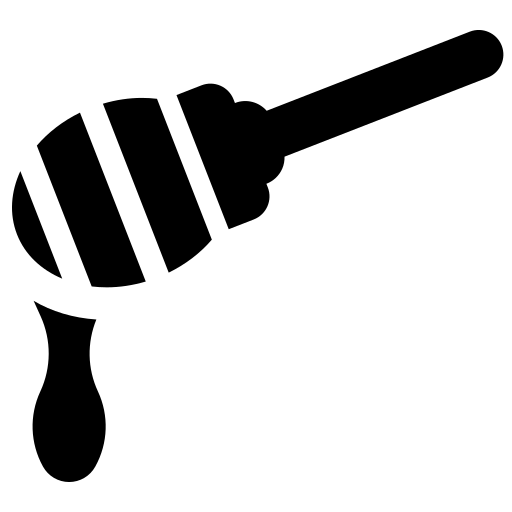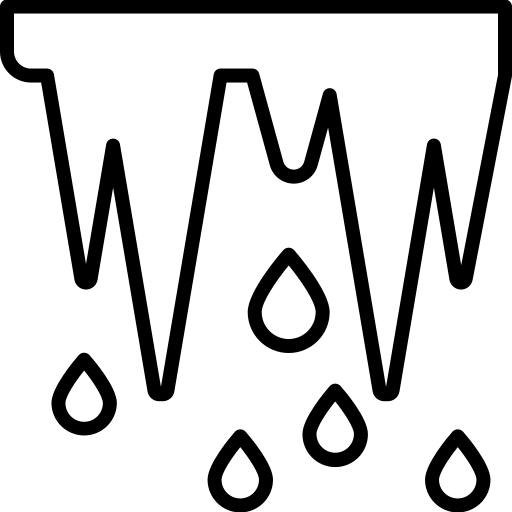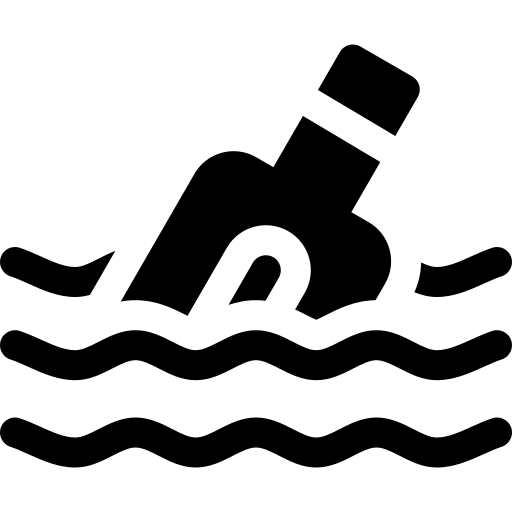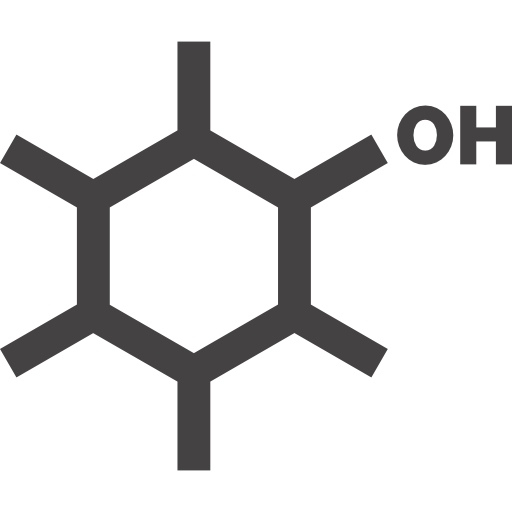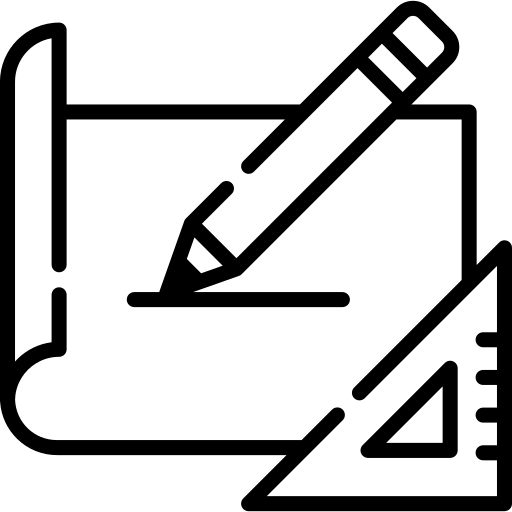
IBC Code
IBC Code 2020
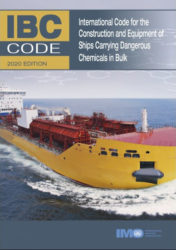
The IBC code prescribes the design and construction standards of ships involved in the carriage of dangerous chemicals and noxious liquid substances. The codes consist of many chapters. These chapters prescribe the requirements regarding
Ship stability and location of cargo tanks
Segregation of cargo tanks from other ship areas
Cargo equipment
Cargo venting and gas freeing arrangements
Electrical equipment
Fire protection and fire extinction
Personal protection
Chapter 17
The most important part is chapter 17. This chapter is a table showing the requirements for substances that may be carried under MARPOL Annex II. The table consists of the following columns.
- Product name (a)
- Pollution category (c)
- Hazards (d)
- Ship type (e)
- Tank type (f)
- Tank vents (g)
- Tank environmental control (h)
- Electrical equipment (i)
- Gauging (j)
- Vapour detection (k)
- Fire protection (l)
- Emergency equipment (n)
- Specific operational requirements (o)
Special attention should be paid to these specific operational requirements in column (o) regarding Marpol Prewash requirements.
16.2.6 Potential High Viscosity cargoes
A cargo is a high viscosity cargo, if the cargo has pollution category X or Y and its viscosity is equal to or greater than 50 mPa.s at the unloading temperature.
16.2.7 Persistent floaters (comes into effect in Jan 2021)
Persistent floater means a slick forming substance with the following properties:
- Density: ≤ sea water (1025 kg/m3 at 20°C);
- Vapour pressure: ≤ 0.3 kPa;
- Solubility: ≤ 0.1% (for liquids) ≤ 10% (for solids); and
- Kinematic viscosity: > 10 cSt at 20°C.
16.2.9 Potential Solidifying cargoes
A cargo is solidifying
1. in the case of a substance with a melting point of less than 15°C which is at a temperature of less than 5°C above ist melting point at the time of unloading;
or
2. in the case of substances with a melting point of equal to or greater than 15°C which is at a temperature of less than 10°C above ist melting point at the time of unloading
Example
An example of chapter 17 is shown below:
